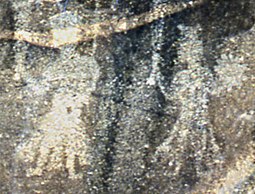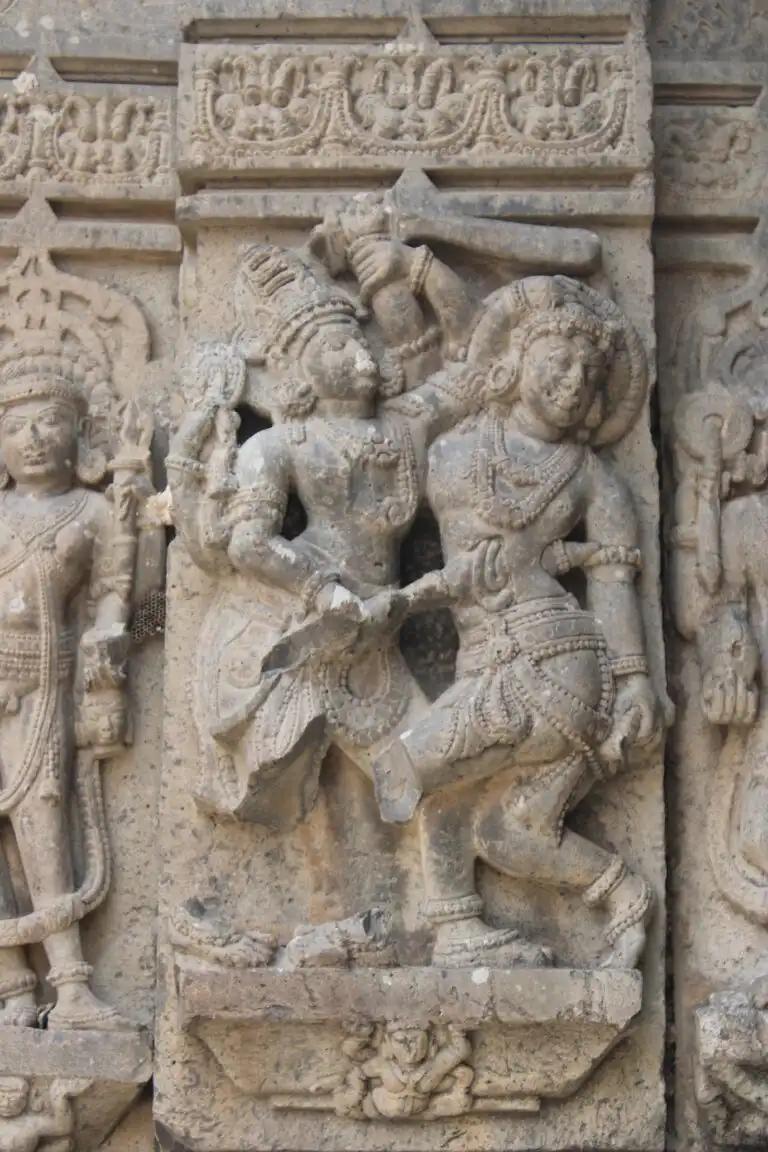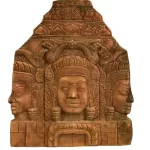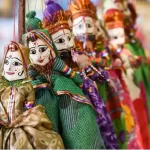Balarama: The Farmer’s Deity Turned Vishnu’s Avatar
Balarama, Krishna’s big bro, doesn’t get much hype in devotion these days. But back in the Bhagavata Purana, he was a total big deal. Known as Krishna’s elder brother e’s seen as a supreme form of deity that eventually evolved into Vishnu. In the Jagannath tradition, he’s one of the three main deities and even gets a shoutout as one of Vishnu’s Dashavatars in some beliefs.
People call him Halayudha, Baladeva, Balabhadra, and Sankarshana. The first two nicknames are all about his hala (langala or “plough”), showing his deep farmer vibes and how he’d flip farming tools into badass weapons when needed. The other two? Total nods to his raw strength and power.

Balarama, who started off as a proper farming deity, is mostly seen as an avatar of Adi Shesha—the snake that chills with Vishnu. While some Vaishnava traditions call him Vishnu’s eighth avatar, Jayadeva’s Gitagovinda (around 1200) made it official by adding Balarama to the squad as the eighth of Vishnu’s top 10 avatars. Talk about leveling up!
ALSO READ: Iconography: The Art of Telling Stories Through Images
Balarama: From Local Legend to Vishnu’s Avatar
Balarama pops up in all the classics—the Mahabharata, Harivamsha, Bhagavata Purana, and a bunch of other Puranas. He’s connected with Sankarshana’s vibe and rolls with Shesha and Lakshmana, keeping it all in the family. In the Mahabharata, Balarama’s the OG coach who taught Bhima and Yudhishthira how to rock gada yuddha (mace fighting) and kushti (wrestling).
But here’s the twist—Balarama’s connection with Vishnu’s dashavatara crew is a later addition, totally post-Vedic vibes. Even Kautilya’s Arthashastra (4th–2nd century BCE) name-drops Balarama, describing his followers as hardcore ascetics rocking shaved heads or braided hair. Hudson called them “the no-nonsense squad.”
Back in the day, Balarama was a total local legend, worshipped as Samkarshana, a big deal for the Vrishni clan in Mathura around the 4th century BCE. The whole Vishnu avatar scene didn’t even exist back then—it only started catching on during the Kushan era (3rd–2nd century CE).

The Underrated Powerhouse of the Vrishni Heroes
Check this out: coins from 185–170 BCE have Balarama’s vibes on them, complete with Greek writing! On Chilas II (Pakistan, 1st century), there’s an etching of two dudes surrounded by Buddhist symbols. The bigger guy’s flexing with a plough in one hand and a club in the other.
Early Balarama statues from Jansuti (UP) and Tumain (MP), dating to the 2nd/1st century BCE, show him rocking his classic gear—a hala (plough) and musala (pestle)—like the original farming boss he was!
In the OG depictions, Balarama was shown as the big boss—like, literally taller and more powerful than Krishna! On Agathocles of Bactria’s coins, Balarama takes the front seat while Krishna’s chillin’ on the back. Same vibe at Chilas—Balarama’s carved bigger and bolder, no doubt about who’s in charge. Even among the Vrishni heroes, Balarama seems to rank higher.
In old Indian art and texts, Balarama (Sankarsana) and Krishna (Vasudeva) were two of the Pancaviras (the five Vrishni heroes). The other three heroes switch up depending on the source—sometimes it’s Pradyumna, Samba, and Aniruddha, other times it’s Anadhrsti, Sarana, and Viduratha.
The Mighty, Fair-Skinned Hero of Jagannath and Vrishni Legends
Check this out: there’s a first-century Mora well inscription from Mathura (10–25 CE) that talks about setting up a stone temple for these five Vrishni legends. Balarama and Krishna have been flexing since day one!
Balarama’s got that fair-skinned vibe, totally opposite to his bro Krishna, who’s all about that dark tone—fun fact: Krishna in Sanskrit literally means “dark.” Balarama’s weapons (ayudha) are super iconic—a plough called hala (also known as Balachita) and a mace (gadā). He’s often rocking blue outfits, a wreath of forest flowers, and some major bling—topknot hair, earrings, bracelets, and armlets. Dude’s known for his epic strength; no wonder his name comes from Bala, which means strength in Sanskrit.

In the Jagannath tradition (a big hit in eastern and central India), Balarama’s got a new alias—Balabhadra. He’s part of the famous sibling squad with his bro Jagannath (Krishna) and sis Subhadra. This trio is everywhere in Jagannath temples, stealing the show!
Jain Twist on Krishna and Balarama
In Jain Puranas, Krishna’s life story follows the same basic plot as the Hindu texts, but the details are a total switch-up. They bring in Jain Tirthankaras as part of the action and don’t exactly paint Krishna in the best light. Unlike the heroic vibes in the Mahabharata, Bhagavata Purana, or Vishnu Purana, Jain versions show Krishna taking some Ls in battles. His gopis and the Yadava clan meet a fiery end thanks to an ascetic named Dvaipayana.
And that’s not all—when Krishna dies from the hunter Jara’s arrow, Jain texts say he ends up in the third hell (in Jain cosmology), while his bro Balarama gets VIP entry to the sixth heaven. Total plot twist, right?
In Jain stories, Krishna and Balarama are said to be cousins of Neminatha, the 22nd Tirthankara. Jain tradition even claims that Neminatha passed down all the wisdom to Krishna. He later dropped as the ultimate knowledge bomb in the Bhagavad Gita with Arjuna.
Balarama’s Cross-Cultural Impact
Balarama’s vibes aren’t limited to Hindu lore either. This is images have been found in central Indian Buddhist spots like the Sanchi stupas at Andher, Mehgaon, and Chandna. These digs go way back to the start of the common era.
And here’s a fun twist: in Buddhist Jataka Tales, specifically the Ghata Jataka. Krishna is portrayed as a past birth of Buddha’s disciple Sariputta. Meanwhile, Balarama is shown as a previous life of another Buddha follower. Crazy how the stories cross paths, right?
Balarama remains a little-known figure in practically all Indian myths. But he isn’t the only underappreciated one. In subsequent editions, we shall learn about additional unsung heroes from religions and mythology.

